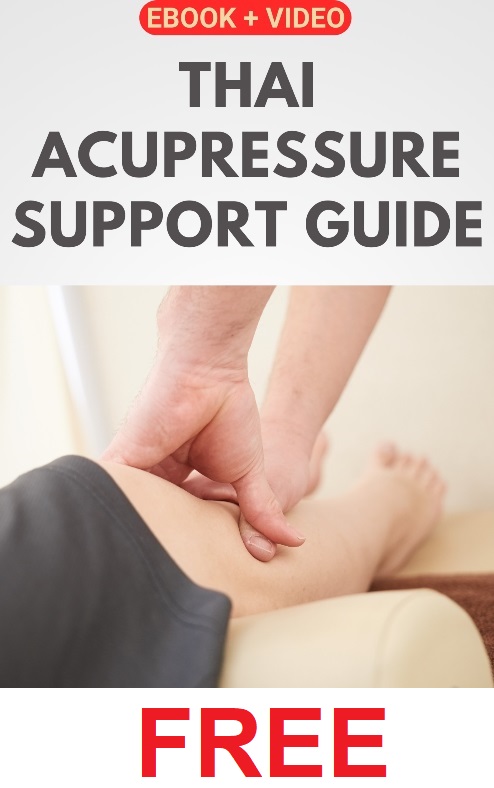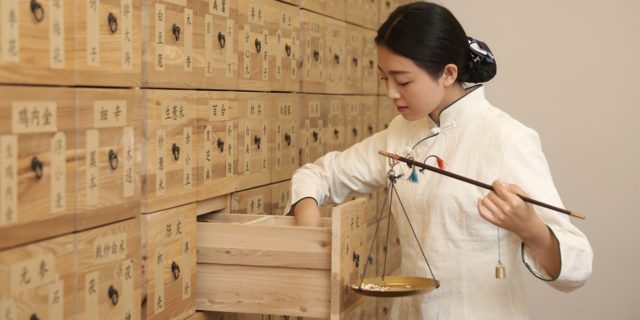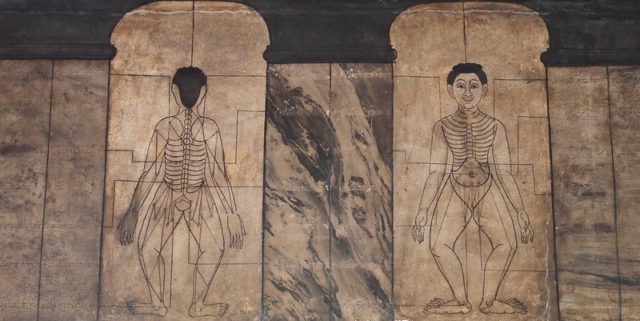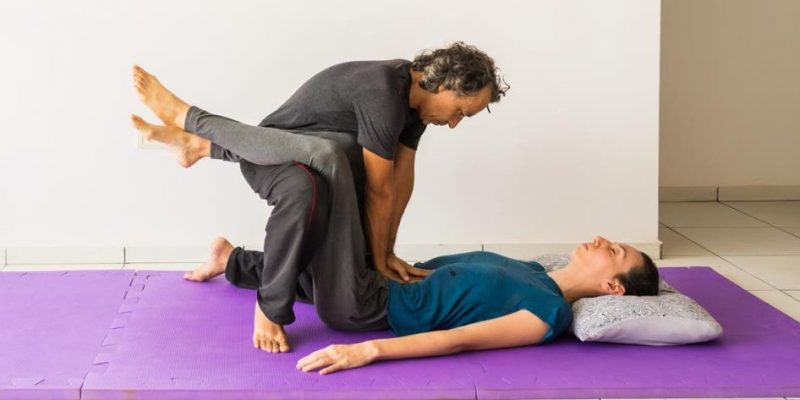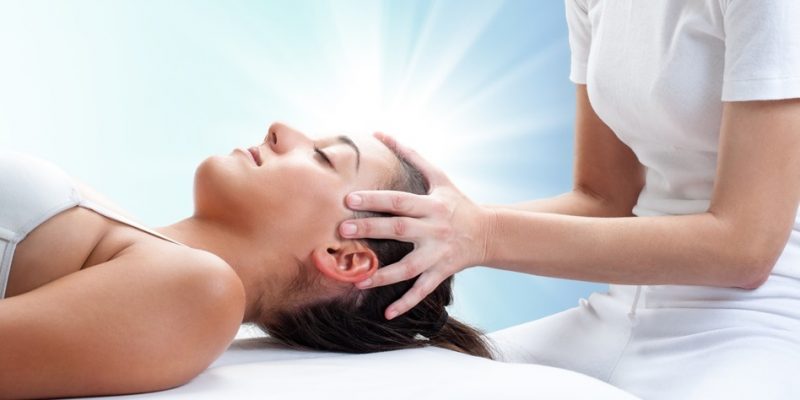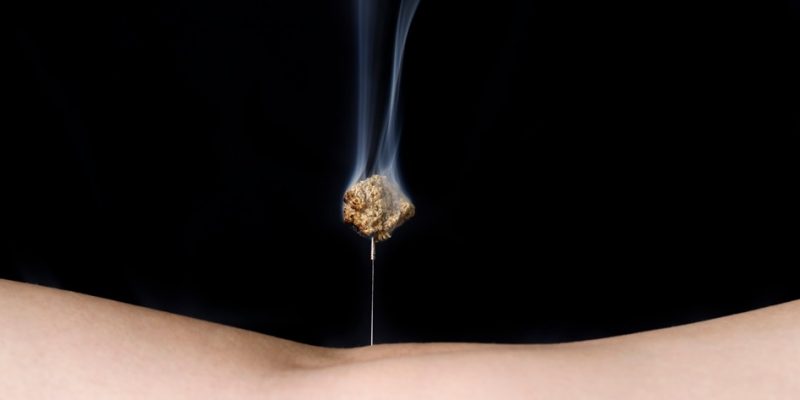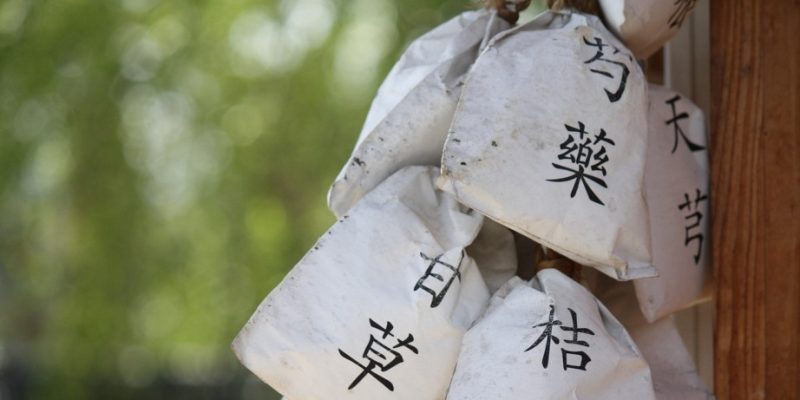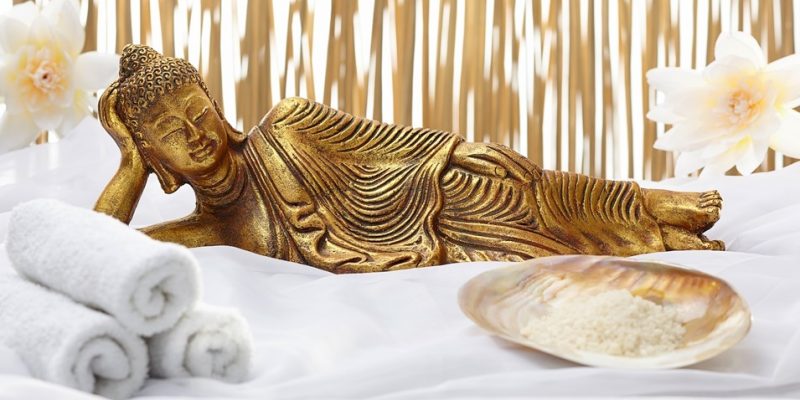
In this post, we take a look at the differences and similarities between traditional Thai Massage (Nuad Thai) and Chinese Massage, notably Chinese Tuina Massage (Tui Na).
There are quite a lot of similarities between these two massage treatment modalities, perhaps more than there are differences, but we’ll first talk about the differences.
Difference between Thai Massage and Tuina Massage
The most obvious difference is that of its origin, of course. Thai Massage is the indigenous massage from Thailand embedded in Thai Traditional Medicine, while Tui Na Massage (like its predecessor Anmo Massage) is the indigenous massage from China part of Traditional Chinese Medicine (TCM).

Another difference is that Thai Massage is typically carried out on the floor on a special mat, but Chinese Massage is generally performed on a massage table (in any case, on an elevated construction) or on a chair.
In a Thai Massage (or Thai Yoga Massage) session, you will usually find — a bit depending on the style and lineage — quite a lot of assisted stretches, something that is much more limited in Tuina Massage.
Traditional Thai Massage is a clothed massage, but in Tuina you find a more balanced mix of either clothed or partially unclothed treatments.
You will also notice that you’ll find a lot of grasping, pushing, pulling, and kneading in Tuina, actually much more than you will see being applied in Thai Massage. The Thai Massage therapist, however, uses much more body parts to apply the massage, such as, apart from the hands, fingers, and elbows, also the knees and feet.
In general, and certainly traditionally, the Thai Massage practice is much more embedded in a spiritual context, integrated in Thailand’s animistic spiritual features and Buddhism.
Similarities between Thai Massage and Tuina Massage
Actually, Thai Massage and Chinese Massage use many similar massage techniques, such as strokes, grasping, pushing, pulling, palming, rubbing, percussion, kneading, acupressure and acupoints manipulation, mobilizations, rotations, and stretches, but the dosage and frequency of use of the various techniques is rather different when you compare Thai Massage and Tuina. I explained some of that in the section above.

An important similarity is that both modalities are based on unblocking or opening Vital Life Energy channels (called the Sib Sen in Thailand and Meridians in China) to promote the free flow of Vital Force (called Lom Pran in Thailand and Qi or Chi in China).
Both modalities may bring in and integrate other types of treatments and techniques during a session. Chinese Massage, for instance, may be combined with Acupuncture, Moxibustion, Cupping, and Guasha, while Thai Massage may combine a session with Herbal Compresses, wooden tools, and Aromatherapy.
In both treatment modalities, oils, creams, and lotions may be used, although typically in moderation, but usually a massage session is given without “topical gliders.” Furthermore, Tuina and Thai Massage are both full body massage treatments, although it must be said that Tuina also tends to focus on partial body treatments, most notably in therapeutic settings.
Tuina Massage and Thai Massage are both rather vigorous and tough massage treatments, in any case traditionally in their countries of origin. Nevertheless, in the West you will often encounter more gentle, slower, watered-down versions which are adapted to expectations of Western clients.
And finally, Tuina and Thai Massage are both fully integrated in the traditional medicine systems and primary healthcare systems of their respective countries of origin, and considered therapeutic healing and restorative massage modalities.



